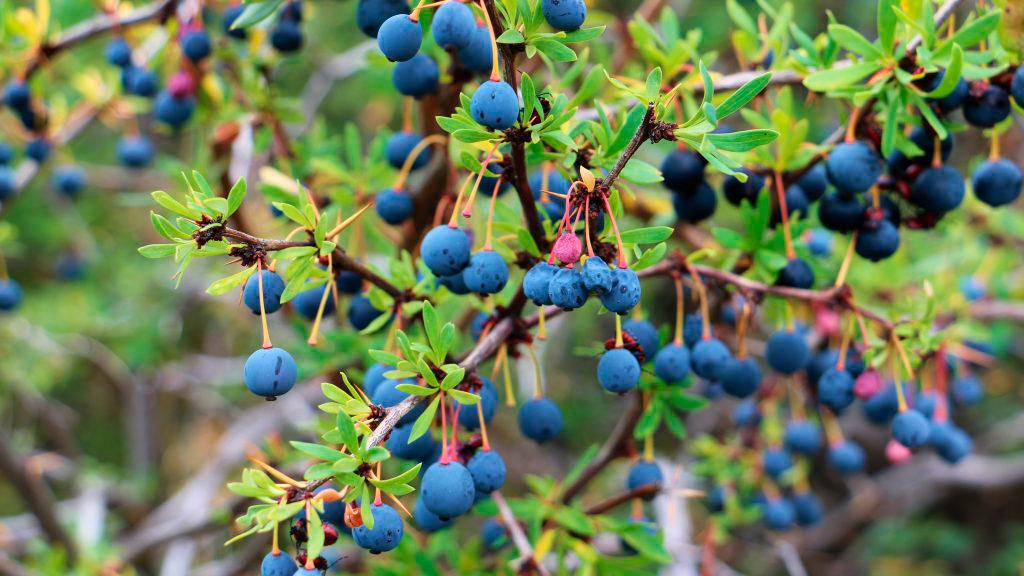About Berries
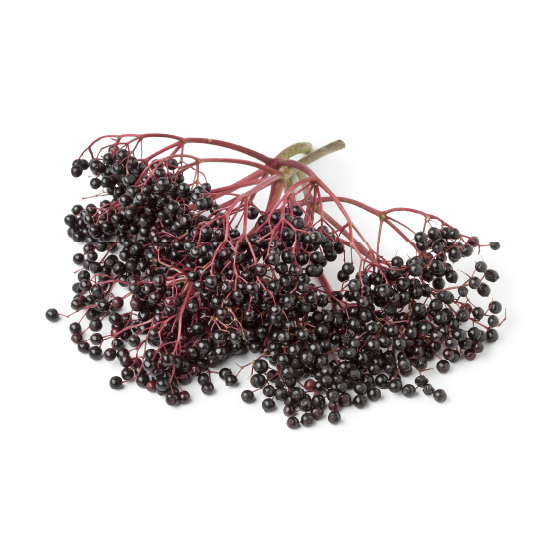
Elderberry (Sambucus nigra)
Elderberries are wild fruits, similar in appearance to blueberries, although they can change color depending on the tree from which they are harvested and their geographical area. Most commonly, they are dark-purple berries, looking like a cross between the color of a cherry and that of a blueberry. Elderberries are superberries which are valuable contributors to our health, as several scientific studies highlight their preventive effects against respiratory diseases.
Maquiberry (Aristotelia chilensis)
The fruit of this tree is a small berry with a shiny, vivid, dark purple color. It is a fruit of 4 mm in diameter on average, with 3 to 4 seeds inside. It contains an average of 8 types of anthocyanins, which is a very high level in the plant kingdom: 1,350 mg / 100 g of fresh fruit. Its high content of anthocyanins gives a great power to the purple color of the juice. People who consume 100 g of this fruit a day achieve 70% of the RDA for iron, 28% of the RDA for potassium, and 27% of the RDA for calcium.
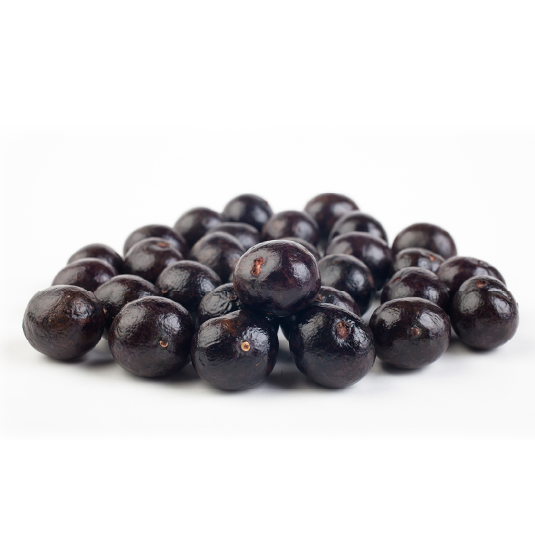
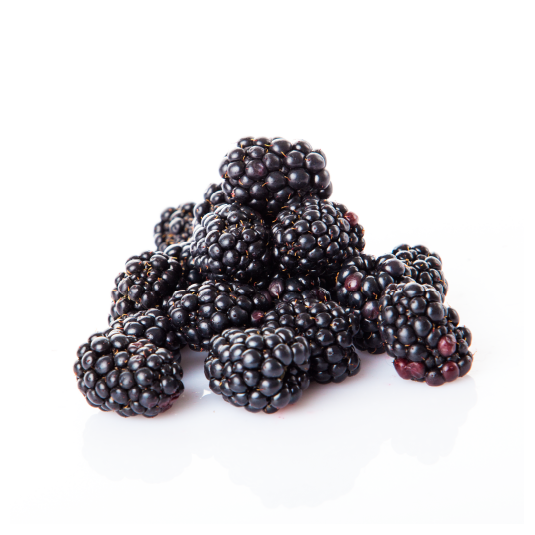
Blackberry (Rubus ulmifolious)
The blackberry is a compound drupe fruit, that is, it is formed by small drupes or drupeoli arranged in a cluster. Its ripening is slower, achieving an excellent balance of taste. In Chile, this is a popular fruit, with which jams are mainly made. At Bayas del Sur we work with several cultivated varieties as well as with wild blackberries from Patagonia, the latter having a greater antioxidant capacity than those which are cultivated.
Blueberries (Vaccinium corymbosum)
Blueberries grow on medium-sized shrubs that come from North America, and have adapted very well in Chile since the 1980s. Only cultivated varieties are produced, since wild varieties do not grow in Chile. The reputation of blueberries as great antioxidants makes them the preferred ingredient for natural juices.
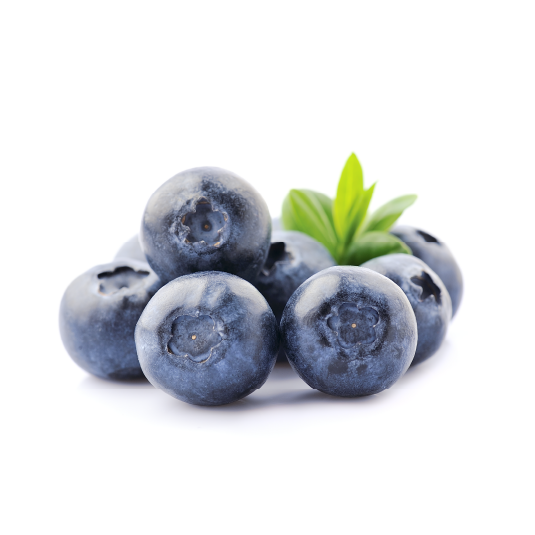
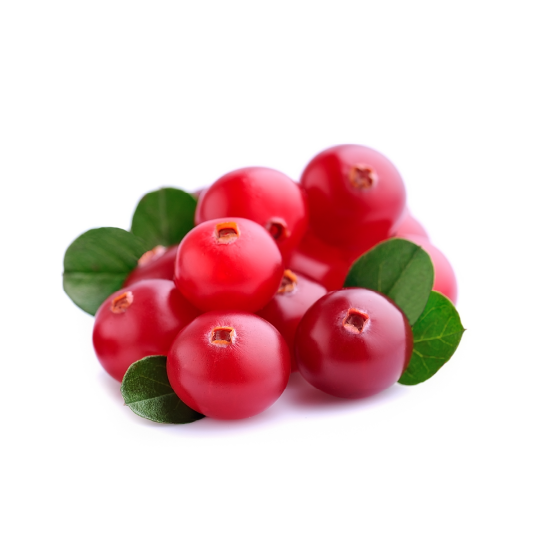
Cranberry (Vaccinium macrocarpon)
The cranberry is a berry that grows in creeping bushes, like vines, from 5 to 20 cm in height, which is why it is harvested by flooding bogs,types of pools that are used to make cranberries float so as to untangle […] the fruit., which is used to make them float so as to untangle the bush shank at ground level, thus obtaining the fruit. In addition to being a culinary icon in the United States, as it is used to accompany dinner at Thanksgiving, it is known for its high content of vitamin B, and is recommended to prevent urinary infections.
Raspberry (Rubus ideaus)
The raspberry (Rubus ideaus) is considered the “queen of berries” for its very characteristic taste and intense red color. In Chile, we cultivate varieties that are highly adapted to the day / night temperature gradient, and in soils and waters that guarantee a premium quality. Due to the level of ellagic acid content in raspberries, many studies have been developed on its properties to prevent certain types of cancer.
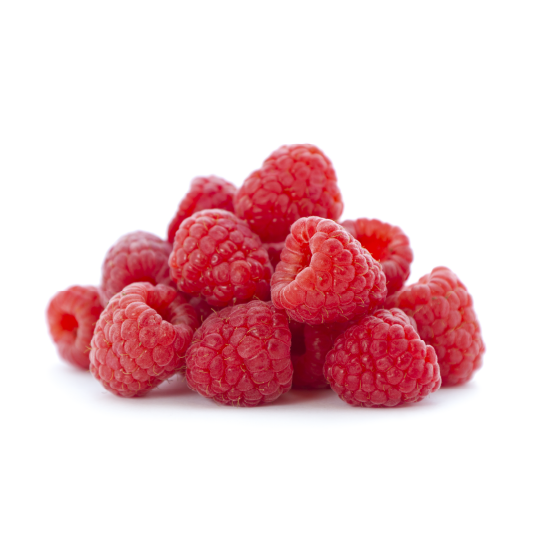
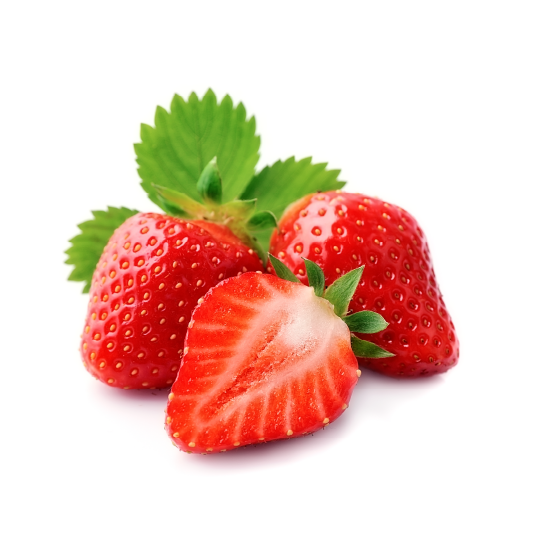
Strawberry (Fragaria chilensis)
Grows in a creeper plant, which makes this berry undergo deep washing and sanitizing due to its proximity to the ground. It is obtained mainly from cultivated varieties. It is the fruit preferred by kids for fresh consumption.
Calafate (Berberis microphylla)
Berberis microphylla is a perennial thorny shrub that is endemic to Argentine and Chilean Patagonia, and neighboring areas of southern Chile. It is a botanical species of perennial shrub belonging to the Berberidaceae family, and is used as an ornamental plant. The calafate is very tasty, so in the homes of Patagonia it is used for making delicious typical desserts.
